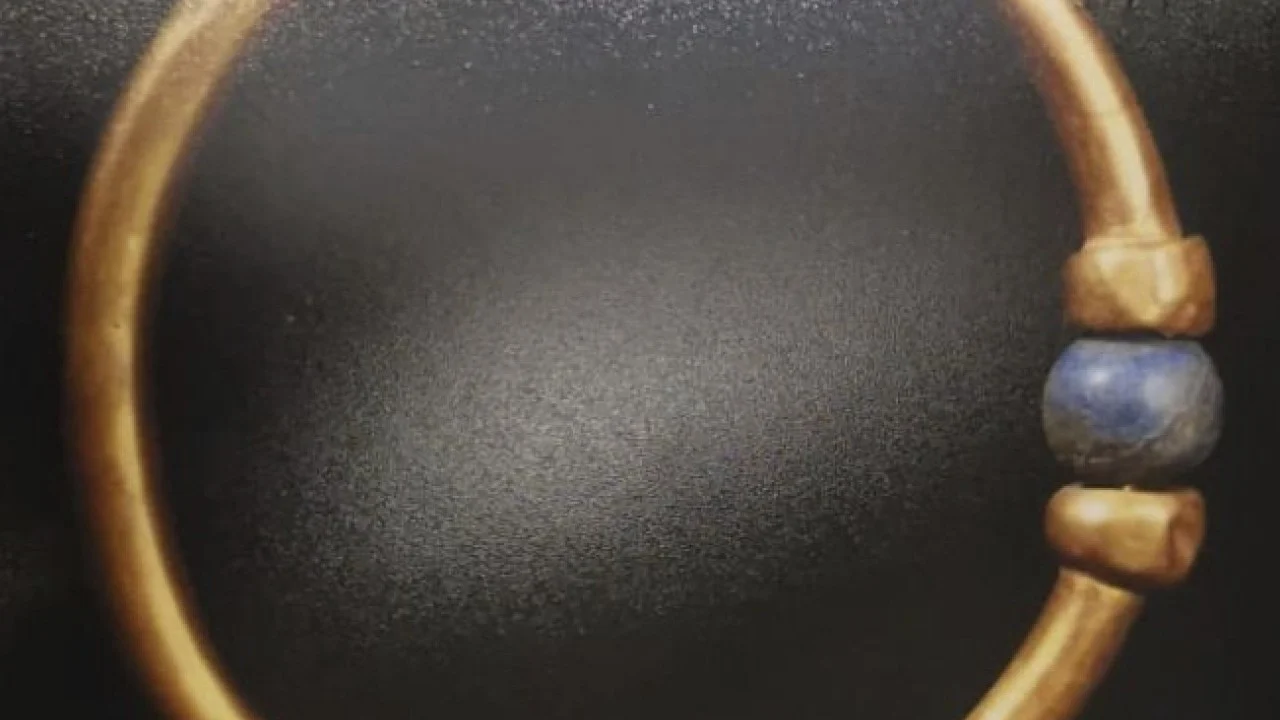Egypt erupted in anger after authorities confirmed that a priceless gold bracelet, once belonging to Pharaoh Amenemope, was stolen from the Egyptian Museum in Cairo and ultimately melted down. The artifact went missing on September 9 from the restoration lab while museum staff prepared items for an international exhibit. The lab lacked security cameras, which officials admitted contributed to the breach of trust.
The Theft and Its Aftermath
A restoration specialist who worked at the museum stole the bracelet during their shift. They gave it to a silver shop owner in Cairo’s Sayeda Zeinab district. That owner sold it to a gold workshop owner, and then, eventually, a gold foundry worker melted it down along with other gold items. The bracelet sold for about 180,000 Egyptian pounds (roughly US$3,735) to the gold dealer, then for about 194,000 pounds (roughly US$4,025) before it was destroyed. Authorities apprehended four suspects. They confessed and turned over the money involved.
Public Outcry and Questions
Citizens, historians, and archaeologists expressed deep sorrow and outrage. Many called the loss more than financial because a part of Egypt’s ancient heritage vanished forever. Experts criticized the museum’s lack of internal surveillance and raised concerns over preventive measures. They also demanded stronger protections for antiquities and better accountability for museum staff.
Official Response
Officials from the Interior Ministry and the Ministry of Tourism and Antiquities immediately launched an investigation. Prosecutors detained the restoration specialist and others. A judge ordered two of the suspects to remain in custody for 15 more days pending further inquiries; the other two were released on bail. Authorities also circulated images of the missing bracelet to antiquities units at airports, seaports, and land border crossings to block possible smuggling.
Cultural Significance of the Bracelet
The bracelet dates from the 21st Dynasty of ancient Egypt, during the reign of Pharaoh Amenemope (approximately 1,000 BC). It featured a gold band with lapis lazuli beads, a design often reserved for royalty. Because artifacts like this are rare, every piece carries immense historical, archaeological, and cultural value. When such items disappear, they take with them stories about ancient society, craftsmanship, and identity.
What Must Change
This incident shows urgent reforms cannot wait. Museums need tighter security: cameras, stricter access controls, and routine internal audits. Also, staff must follow transparent chains of custody when handling priceless objects. The law should reflect stricter penalties for cultural heritage theft. Finally, stakeholders believe Egypt must rethink how much it risks by lending artifacts abroad until security meets higher standards.
Conclusion
The theft and destruction of Pharaoh Amenemope’s bracelet left a void deeper than its physical loss. More than a crime, it felt like a betrayal of Egypt’s heritage. Even though suspects confessed and authorities have acted, the damage remains irreparable. Rebuilding public trust will require concrete safeguards, accountability, and respect for the past that survives by learning from losses like this.
Bonus Read: Teen Girl’s Body Found in Vehicle Registered to Singer d4vd



